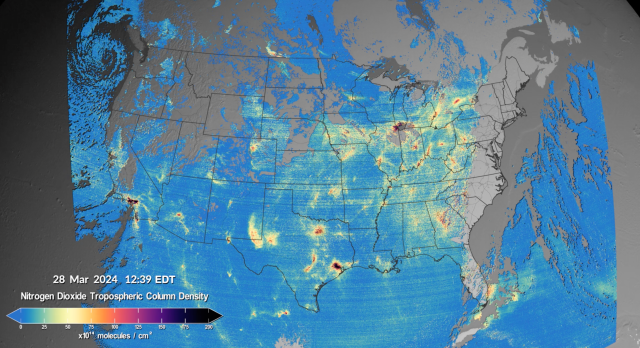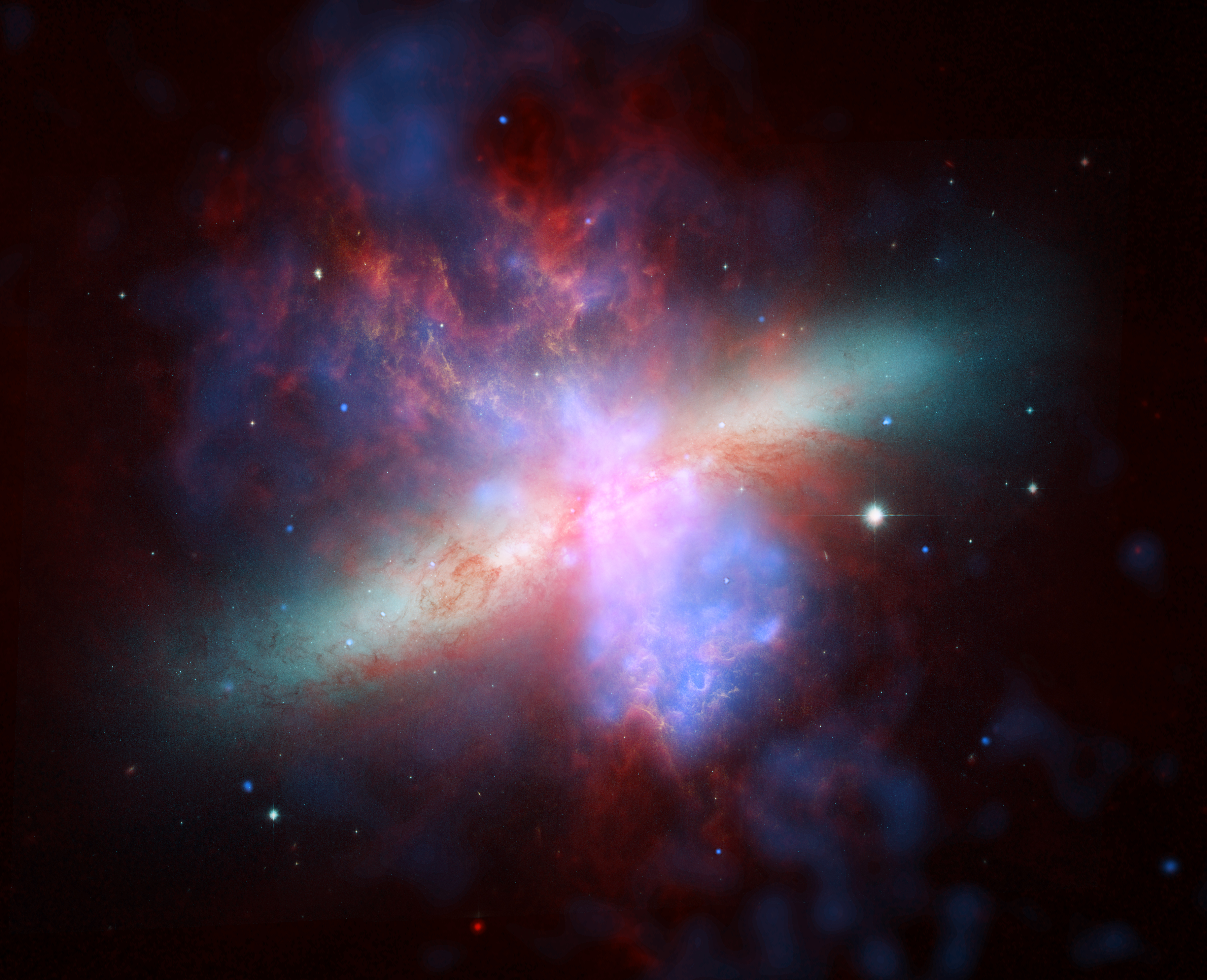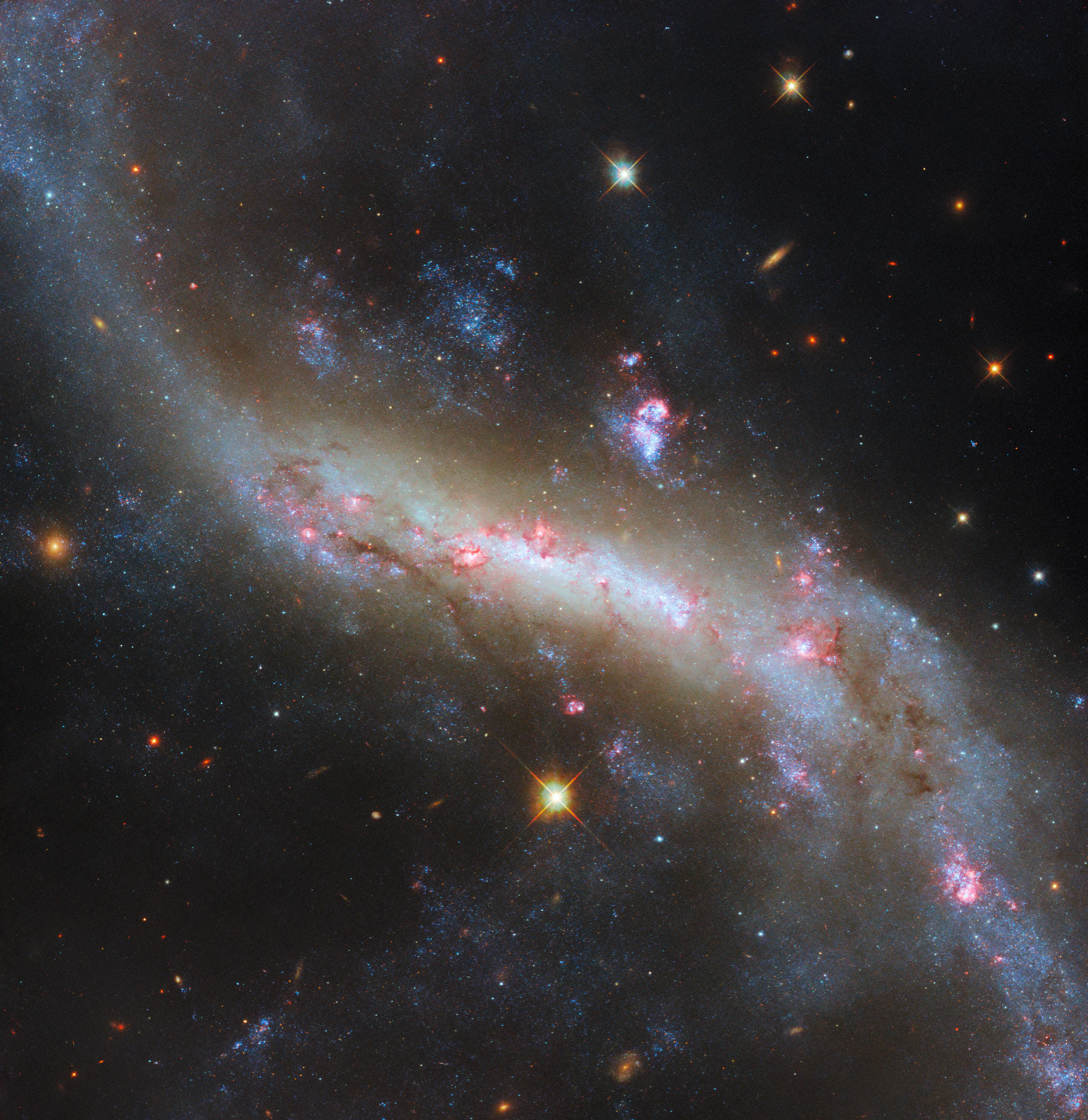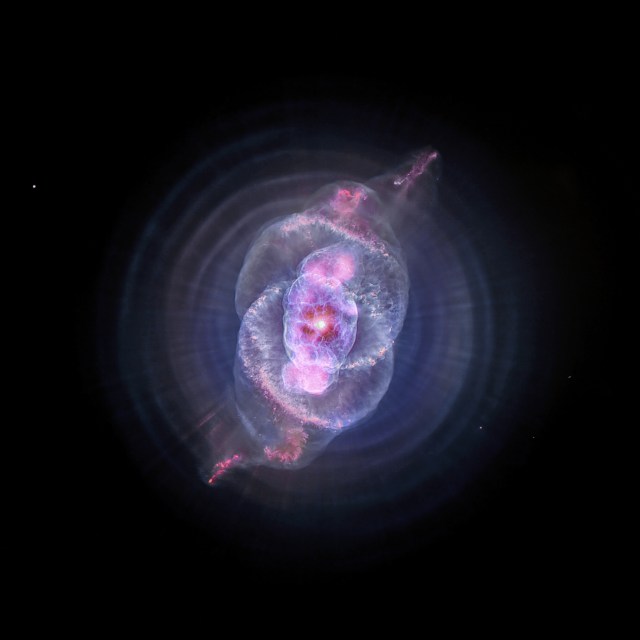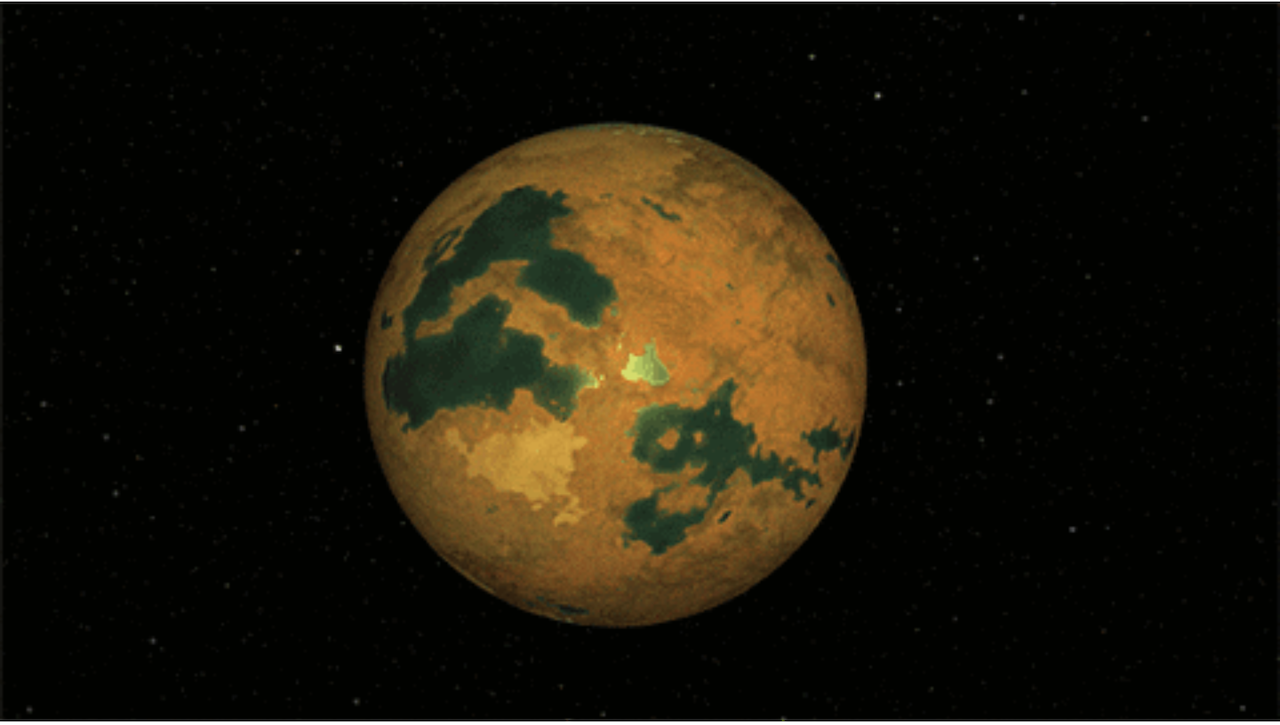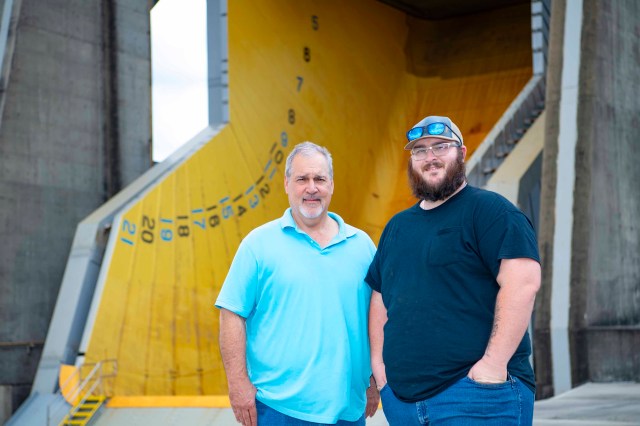Expertise: Remote sensing, Impact cratering and Mars
Affiliation: University of Western Ontario/ SETI Institute
Certification/Education: Ph.D. in Earth and Planetary Science
Research Link(s):
- http://www.spacerocks.ca/team/livio-tornabene/
- http://cpsx.uwo.ca/
- http://www.uwo.ca/earth
- http://www.seti.org/
FINESSE Research Objectives
Impact rock modification:
- How are impact melt rocks and breccias emplaced and distributed within and around the East and West Clearwater Lake structures?
- Can impact-generated melt rocks and glasses be distinguished from volcanic equivalents and recognized in remote sensing data?
- What is the volatile content of the target rocks and impact melt rocks, and how can we estimate impact melt temperature based on refractory phases to determine viscosity based on the chemical and petrographic properties of the impact melt?
- How important and widespread was impact-induced hydrothermal activity in the East and West Clearwater Lake structures?
Cratering mechanics:
- What is the original morphology of the West Clearwater Lake impact structure – is it a peak-ring basin? What is the original rim diameter?
- What are the weakening mechanisms necessary for crater collapse?
- How does target lithology influence the formation of complex impact craters?
- What is the provenance of material within impact melt and ejecta deposits?
Biography
Dr. Livio L. Tornabene is an Adjunct Research Professor at University of Western Ontario, coming most recently from the Centre for Earth and Planetary Studies at the Smithsonian Institution after serving on the High Resolution Imaging Science Experiment (HiRISE; onboard the Mars Reconnaissance Orbiter) operations and science team and the Lunar Reconnaissance Orbiter Camera (LROC) science team at the University of Arizona for 4 years. Prior to that, in May 2007, he received his Ph.D. from the University of Tennessee (Knoxville) from the Department of Earth and Planetary Sciences where he was a junior science team member of two active Mars missions: the Thermal Emission Imaging System onboard Mars Odyssey and the Mars Exploration Rovers (Spirit and Opportunity). Livio also has an M.S. from the University of South Florida (Tampa) and a B.S. from the University of Florida (Gainesville), both in Geological Sciences.
Livio’s primary science focus involves the surface processes, particularly the petrogenesis (i.e., origin) and evolution and aqueous alteration of planetary crusts, with emphasis on impact cratering as a geologic process and how it contributed to the origin and evolution of crustal materials. In addition to Mars and the Earth, his research also includes the Moon, which is often used as a simpler baseline condition for understanding impact cratering geologically (e.g., excellent preservation, and volatile- or water-poor target rocks, etc.). The datasets that he most often employs include visible-near infrared high spatial resolution images (morphology/mapping); moderate to high spatial resolution stereo image-derived Digital Terrain Models (geometry and morphometry) and multispectral and hyperspectral datasets spanning visible to thermal infrared wavelengths (composition, physical and thermophysical properties of surfaces).
Livio maintains his involvement in spacecraft missions as a science team member of HiRISE, and recently joined the Colour and Stereo Surface Imaging System (CaSSIS) on ExoMars 2016 as a Co-Investigator.


